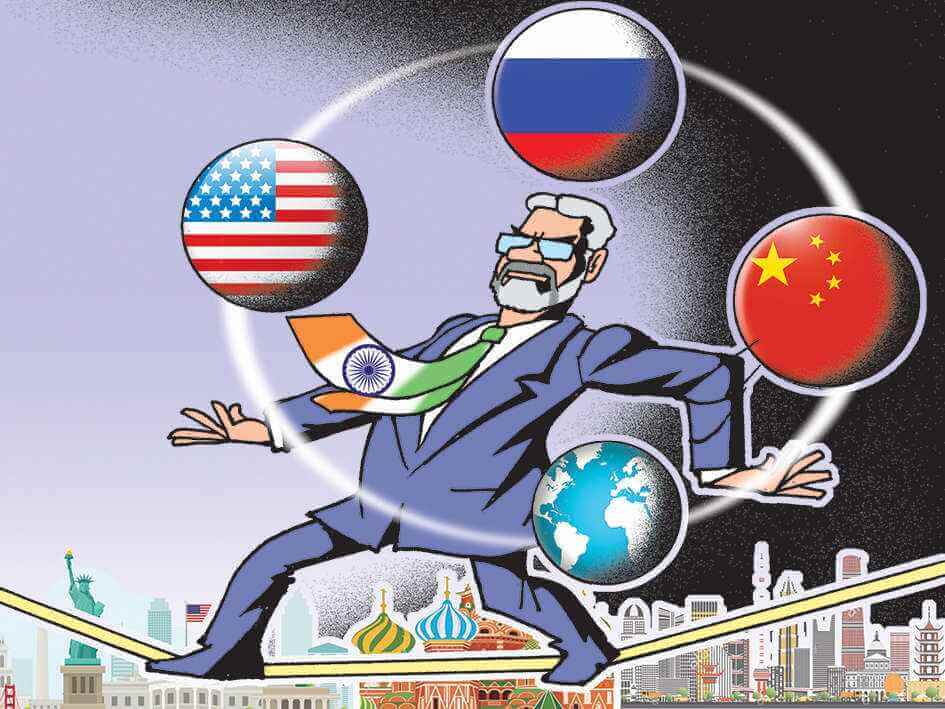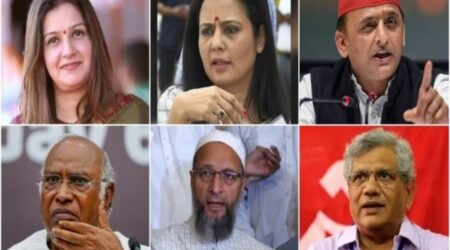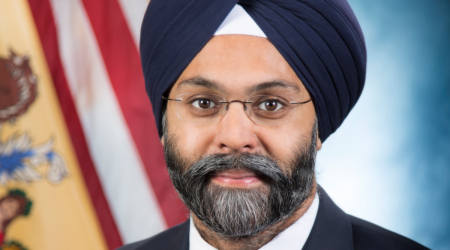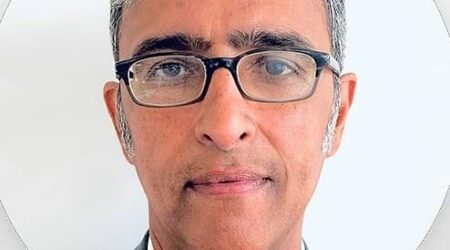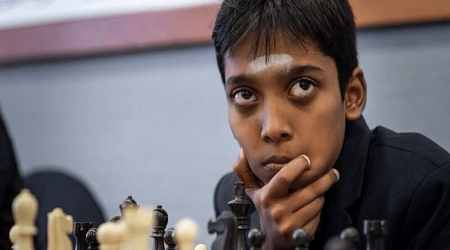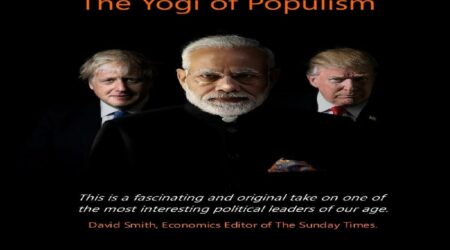Minsk agreement addressing Russian security concerns could bring back peace.
By Maj Gen Sudhakar Jee, VSM
After 1945, this is the second time that national boundaries are being redrawn by force. The first one was the 1999 NATO airstrikes on Serbian forces that led to the creation of Kosovo despite Russian and Chinese protests about NATO undertaking the above operations without UNSC approval.
Clearly indicating that Central Europe is a non-negotiable Russian sphere of dominance, Putin went to the extreme for justifying his “legitimate security concerns”. Despite a weak economy and raining sanctions, Putin gambled relying on the formidable military power of Russia.
While Russia has fired the first shot in Ukraine, NATO also can’t be given a clean chit as the Ukrainian crisis has been in the making for over a decade owing to their expanding spheres of dominance in Eastern Europe contrary to their assurances against the same.
After the fall of the Berlin Wall in late 1989, then US Secretary of State James Baker met Soviet President Mikhail Gorbachev in Moscow in February 1990 to help ease the way for German unification. He assured the latter that NATO understood the “need for assurances to the countries in the East”, adding that even with Germany as part of NATO,” there would be no extension of NATO’s jurisdiction one inch to the east”. Consequent to the disintegration of the USSR into 15 countries by the end-1991, rather than developing new European security architecture, the newly independent Baltic and Central European states sought security in a US-led NATO.
Overlooking the cost of expansion towards the Russian border, NATO adopted an “open-door policy”. With 12 founding members in 1949, NATO has added 14 new members since the beginning of 1999 bringing the total members to 30 including a few countries of the erstwhile USSR.
Mindful of the Russian concerns, France and Germany, though successfully opposed defining a time frame to President George Bush’s announcement of an “in-principle opening for Ukraine and Georgia” to NATO membership, however, later that year couldn’t prevent Russia from intervening in Georgia on the grounds of protecting minorities leading to Russia’s taking over the northern provinces of Abkhazia and South Ossetia. Following the Euromaidan protests against the pro-Russian President Viktor Yanukovich, Putin annexed Crimea in 2014.
Interestingly, the UK had entered into a “cooperation agreement” with Ukraine to develop two naval ports, Ochakiv on the Black Sea and Berdyansk on the Sea of Azov, a move that Russia saw as potentially threatening. In 2020, despite no timeline for membership, Ukraine was given the status of “NATO Enhanced Opportunity Partner”. The footprints of British and US warships began to increase in the Black Sea.
Beginning with NATO’s bombing of Serbia in 1999, interventions in Afghanistan, Iraq, and Libya triggering of revolutions to engineer regime changes, the unilateral withdrawal from the Anti-Ballistic Missile Treaty in 2002 by the US along with missile defense deployments in Poland and Romania, cumulatively would have certainly increased concerns and grievances of Putin.
France and Germany have initiated talks between Ukraine and Russia under Normandy format leading to Minsk agreements in 2014 that were aimed at addressing Russian security concerns did stand a chance to bring back peace. But, all efforts failed to result in an armed conflict, cyberwar, social media propaganda, and a world worried about its economic future after facing three years of the pandemic.

AN 32 IAF /Caption: Ukraine is crucial for the up-gradation of AN aircraft fleet and the naval gas-turbine engines operated by the Indian Armed Force.
India’s Strategic Position
The Russian military operations in Ukraine have made it extremely difficult for India to navigate between the United States and Russia. India has a traditional strategic relationship with Russia, where more than 60 percent of India’s defense equipment is still of Russian origin. There are many high-tech areas of cooperation with Russia, including nuclear energy, space, and the joint production of certain weapon systems such as the BrahMos missile.
Ukraine has been a preferred destination for Indian students for higher studies. Almost 20,000 – the largest number in Ukraine from any one country in the world, were needed to be evacuated through “Operation Ganga”.
Additionally, India’s dependency on Ukraine for the up-gradation of AN aircraft fleet and the naval gas-turbine engines leave no option but to continue to maintain good relations in order to safeguard her own strategic and national interests.
Cold Strategic Mathematics
Despite the economic relationship between India and Russia have declined after the rupee-ruble trading arrangements collapsed with the disintegration of the Soviet Union, India’s current defense and strategic relationship with Russia has to be maintained until “alternate and assured” import substitutions are diversified with urgency. Hence, the focus is on developing indigenous defense capabilities.
No country can afford to experience disruption of its defense supplies — especially when India is acquiring complex and sophisticated systems like the S-400 missile system from Russia—with the threat she faces from China and, the ongoing proxy war waged by Pakistan. The recent development of Afghanistan and the withdrawal of US forces has also heightened the security concerns of India in the subcontinent.
Given these circumstances, India would certainly like to preserve its relationship with Russia, and with Ukraine. At the same time, India is poised to continue building on its relationship with the U.S., as the strategic interests of both countries are dove-tailed not only in the economic sphere but also in the Asia-Pacific.
With conflict poised to take a dangerous turn if left unaddressed, India may help both Russia and the NATO-led by the US to come to terms in order to end the war.
Reviving and formalizing a roadmap based on the Minsk Accord, or any other fresh strategy for lasting peace under the auspices of the UN is the only way out, and India could definitely play the role of “Vishwa Guru” when the world is in turmoil.

(Maj Gen (Rtd.) Sudhakar Jee, VSM is a former colonel of the Mahar Regiment. He has commanded troops in varied terrain, climate, and conflict zones. Currently, he is pursuing a doctoral thesis on the India-China border dispute, and delivers a talk on the ‘Regional Security Perspective of India’.)


